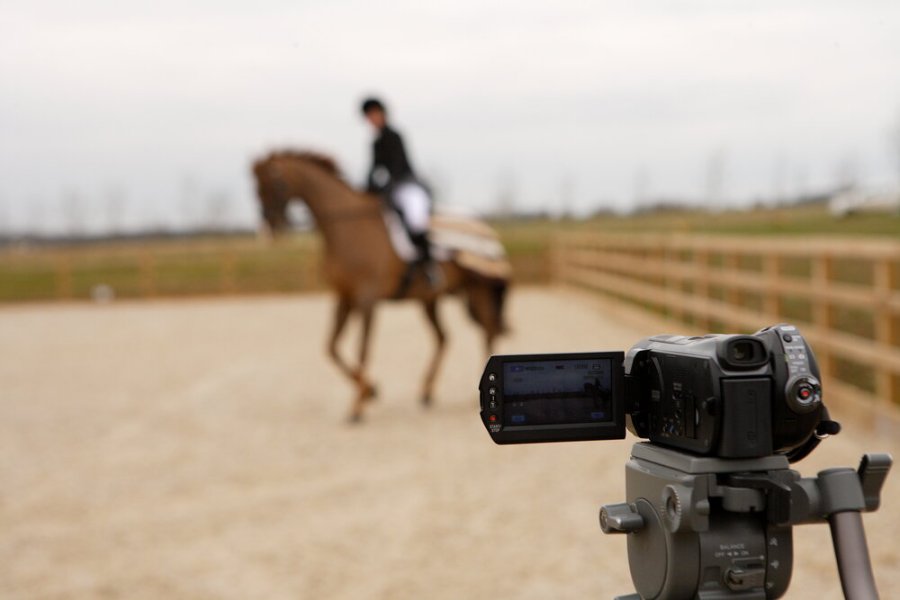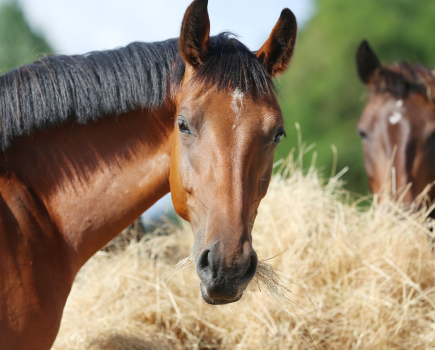Whether you’re about to try your first online competition or looking for some tips to potentially boost your marks, filming is easy to get right if you pay attention to the three golden rules of online dressage camerawork:
- Film from just behind letter C (where the judge would normally be) and in line with the centre line).
- Film in landscape, not portrait — turn your phone on its side.
- Film with the sound on, so the judge can check that the rider is not receiving any ‘training’ from the sidelines.
That said, online dressage generally allows the use of a caller/test reader.
Remember that the judge can only mark what they see, so try to ensure that you:
- Keep the horse and rider fully in view in the centre of the frame at all times.
- Pan to keep them in shot in the corners by using the zoom function, but don’t overdo it — the judge needs to see them in relation to the arena so that they can judge the accuracy of the movements fairly.
- Consider using a tripod to minimise camera shake.
- Modern smartphone cameras record at a decent quality, but remember to upload your video in the same quality (ideally HD) too.
- Check uploads to make sure they play all the way through — and to ensure that you haven’t missed out any movements.
- Try to pick your filming day so that the weather is on side. Driving rain can obscure the judge’s view, plus it’s not pleasant for you or your filming volunteer!
- Film in natural daylight if you can and be mindful of sun glare or high winds that mean your caller can’t be heard. It’s very much OK to be a fair weather rider when you’re filming for online dressage.
Scores on the doors
Most online dressage companies use British Dressage tests for both adults and children, and tests are judged using BD score sheets. So, typically, BD rules — including tack — are followed for all tests. The exception is rider turnout — any clothing is allowed.
Some riders like to wear their show gear to practise at home, but usually if you choose to film your test in your show attire, your horse must wear boots or bandages as evidence that you are not submitting a test that has already been marked at a ‘live’ competition.
Keep it tidy
Show clothes or not, it’s a good idea to wear a tidy outfit that fits well so the judge can see your position clearly.
Variety of classes
However, there are companies that offer tests specifically written for junior riders, and these may have their own rules and marking systems, along with other rules at the lower levels regarding Open and Restricted categories.
Some companies also offer fun or charity classes with differing rules, such as prix caprilli, pairs dressage, bitless classes, tests including polework, or even tests performed bareback.
Chesca Burrows is the founder of Demi Dressage – check out the rest of her advice in our latest issue’s Ask the Experts pages.
Don’t miss the latest issue of Your Horse Magazine, jam-packed with training and veterinary advice, horse-care tips and the latest equestrian products available on shop shelves, on sale now.









